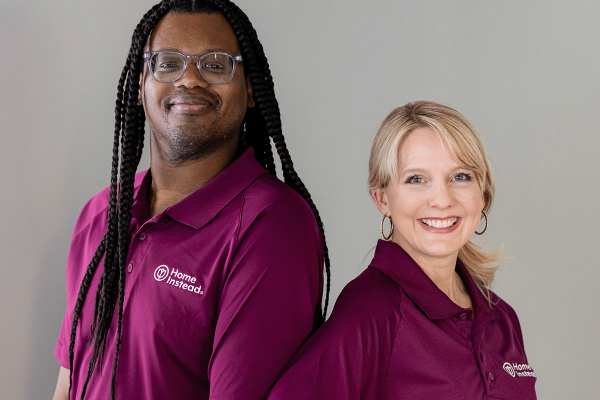As the novel coronavirus gained a foothold in America in early 2020, it pushed people indoors in record numbers. With many public spaces and accommodations suddenly closed to group gatherings, people retreated to the comfort and safety of their own homes. In fact, “home” came to be viewed as the safest possible place to ride out this pandemic.
In particular, the pandemic negatively affected the censuses of congregate living communities for older adults. As COVID-19 spread through many long-term care facilities, life care communities and other places where people lived in a group setting, many families began to view these places as “less safe” than a home environment. Some of those families ultimately opted to remove older relatives from these situations and care for them in the family home or engage in-home caregiving services – or both.
While there will always be a role and a place in healthcare for rehabilitation facilities and nursing homes, in-home care may emerge from the pandemic as a premier option for taking care of not only well adults but chronically ill or recovering seniors, as well.
“If you think about the future of the hospital, it looks a lot like your living room. I think home caregiving is definitely a growth opportunity for a future workforce. The home is really the only scalable place where we can care for people,” said Jeff Huber, CEO of Home Instead, in an interview with Home Health Care News. “What we’ve proven in recent months is that the home is an effective place to care for vulnerable seniors. We can not only be an extension and increase the capacity of the health care delivery system, but we can be the centerpiece.”
And setting aside the effects of the pandemic for a moment, growth in the in-home caregiving industry may continue to mirror the expansion of the aging population – a phenomenon sometimes called the “silver tsunami” – long after this pandemic is history. By 2034, nearly 78 million Americans (around 21% of the population) will have reached age 65. By 2060, that number is expected to exceed 94 million – that’s nearly one in four people in America.
At the same time, birth rates have declined in the U.S. Around 2034, the number of people over age 65 will surpass the number of children under age 18, and by 2060 the gap between younger and older people will be very wide. Simply put, the math indicates that demand for in-home caregiving maycontinue to grow as more Americans age with fewer younger family members to care for them.
Bottom line: the pandemic has helped show that the home can be a safe place for adults to age, which may continue to promote growth in the industry. And even if that were not the case, the aging of the American population may continue to drive demand for in-home care over the next several decades.
If the idea of owning a franchise in a growth industry appeals to you, give us a call today at 888.702.5987 or email us at franinfo@homeinsteadinc.com for more information. You may find owning a Home Instead franchise delivers more fulfillment than you ever imagined possible.
Each Home Instead® franchise office is independently owned and operated.
©2020 Home Instead, Inc. All rights reserved.
13323 California St., Omaha, NE, 68154, USA
In North America, call our corporate office at
888.484.5759. Outside North America, call 402.498.4466
